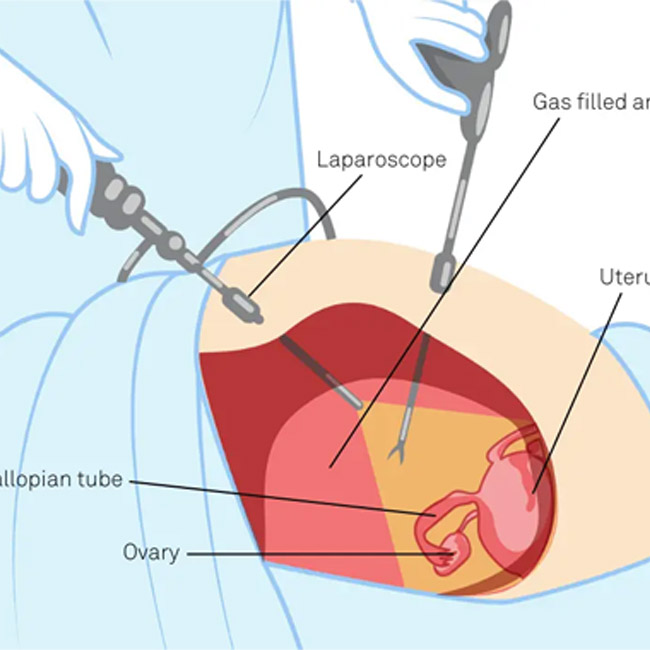
Diagnostic Hystero Laparoscopy
Diagnostic Hystero Laparoscopy is a minimally invasive surgical procedure used to examine the female reproductive organs, specifically the uterus, fallopian tubes, and ovaries, to diagnose conditions that may cause infertility or other reproductive health issues. It combines two techniques: hysteroscopy and laparoscopy. Hysteroscopy involves inserting a thin, lighted tube (hysteroscope) through the cervix to view the inside of the uterus, while laparoscopy involves making small incisions in the abdomen to insert a camera (laparoscope) to view the external organs like the ovaries and fallopian tubes. This procedure is often used when there are unexplained fertility issues, recurrent miscarriages, or abnormal pelvic symptoms.
Laparoscopic PCOD Drilling
Laparoscopic PCOD (Polycystic Ovarian Disease) drilling, also known as ovarian drilling, is a minimally invasive surgical procedure used to treat women with polycystic ovary syndrome (PCOS) who are struggling with infertility. The procedure involves the use of a laparoscope, a thin tube with a camera and surgical instruments, to make small incisions in the abdomen. The surgeon then drills small holes in the ovaries using a laser or electrical current to reduce the number of cysts and improve ovarian function. The goal of the surgery is to restore normal ovulation and increase the chances of conception for women with PCOS who have not responded to other treatments like medication.
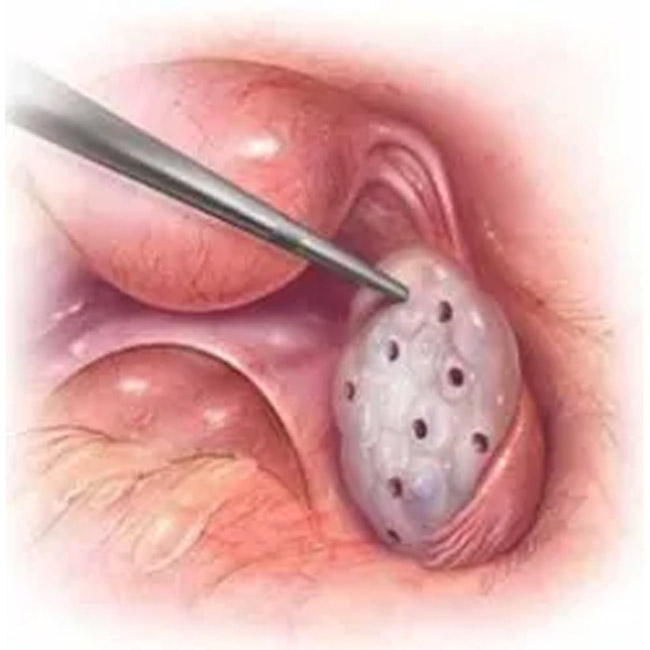
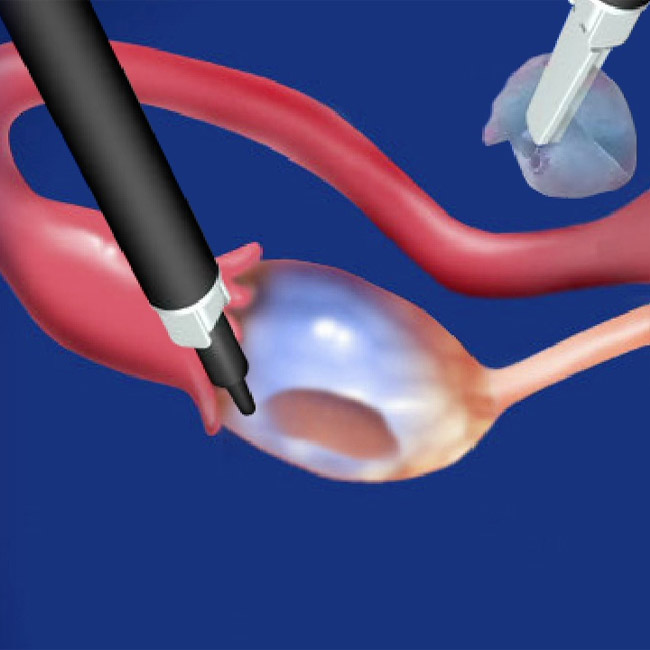
Laparoscopic Cystectomy
Laparoscopic cystectomy is a minimally invasive surgical procedure used to remove cysts from the ovaries while preserving the healthy ovarian tissue. Ovarian cysts are fluid-filled sacs that can develop on or within the ovaries and are often benign. However, some cysts may cause pain, bloating, irregular menstrual cycles, or fertility issues. In such cases, laparoscopic cystectomy is performed to relieve symptoms and prevent complications such as ovarian torsion or rupture. The procedure is commonly used for conditions like endometriomas (cysts caused by endometriosis) and dermoid cysts, offering an effective and less invasive alternative to open surgery.
Laparoscopic Myomectomy
Laparoscopic myomectomy offers several advantages compared to traditional open surgery. The minimally invasive approach leads to smaller incisions, resulting in less pain, reduced blood loss, and a quicker recovery time. For women who are planning to conceive, this procedure preserves the uterus, which is critical for maintaining fertility. Additionally, laparoscopic myomectomy provides precise removal of fibroids while minimizing damage to surrounding tissues. Patients also benefit from shorter hospital stays, reduced scarring, and a faster return to daily activities. It is an effective solution for managing fibroid-related symptoms and improving quality of life.
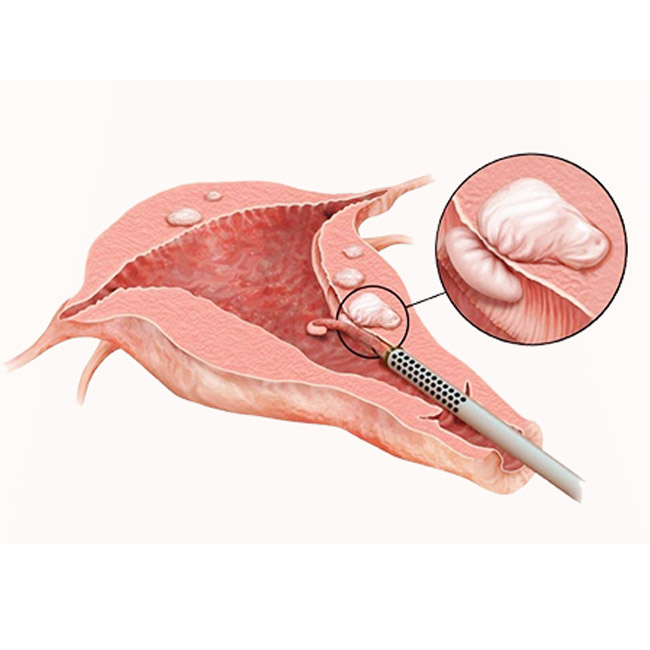
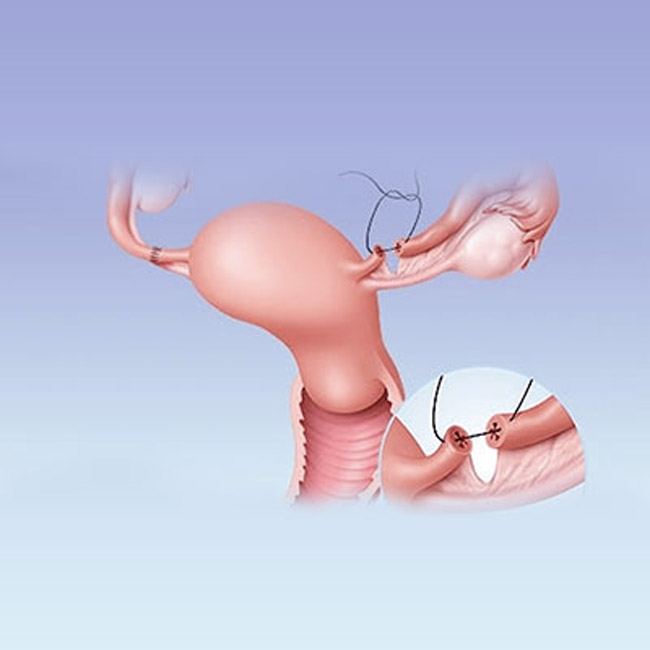
Laparoscopic Tubal Recanalisation
Laparoscopic tubal recanalisation is a minimally invasive surgical procedure used to restore the patency of blocked fallopian tubes, enabling natural conception. Blocked tubes are a common cause of infertility and may result from conditions like infections, pelvic inflammatory disease (PID), or previous sterilization procedures. In this procedure, a laparoscope—a thin, lighted tube with a camera—is inserted into the abdomen to visualize and address blockages. The surgeon uses specialized instruments to clear the obstructions or reconnect the fallopian tubes, offering a chance for natural conception for women who are otherwise healthy and wish to conceive.
Laparoscopic Adhesiolysis
Laparoscopic adhesiolysis is a minimally invasive surgical procedure performed to remove adhesions, which are bands of scar tissue that can form between internal organs and tissues after surgery, infection, or inflammation. These adhesions can cause pain, restricted organ movement, and complications such as bowel obstruction or infertility. Using a laparoscope—a thin, lighted instrument with a camera—surgeons carefully locate and divide these adhesions to restore normal organ function and relieve symptoms. This procedure is particularly useful for patients experiencing chronic pelvic pain, gastrointestinal issues, or reproductive challenges due to adhesions.
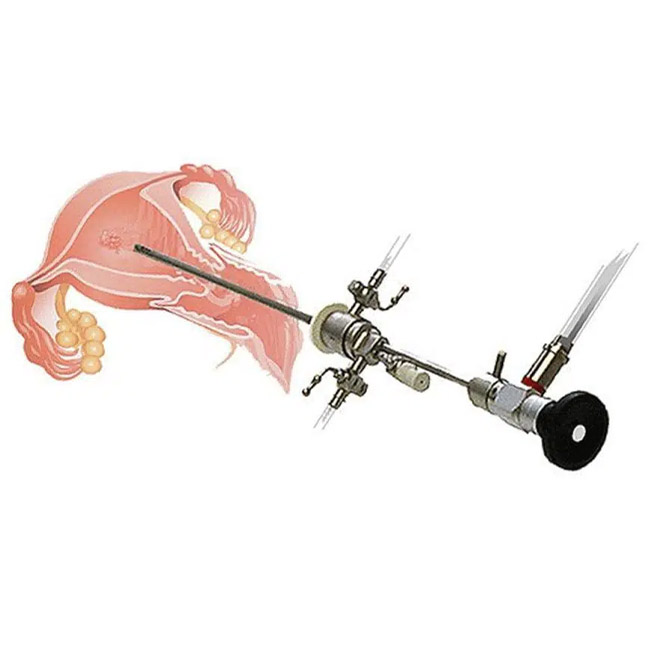
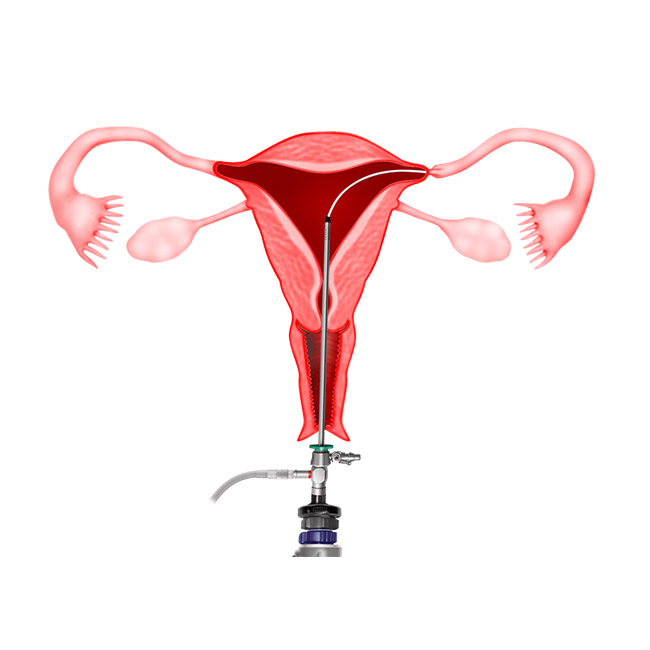
Hysteroscopic Cannulation
Hysteroscopic endometrial ablation is a minimally invasive procedure designed to treat abnormal uterine bleeding (AUB) by removing or destroying the endometrium, the lining of the uterus. This procedure is often recommended for women who experience heavy or prolonged menstrual bleeding that does not respond to medical treatments. A hysteroscope—a thin, lighted instrument with a camera—is inserted into the uterus through the cervix to visualize the uterine cavity, allowing the surgeon to target and remove the problematic tissue. Endometrial ablation helps reduce or eliminate menstrual bleeding while preserving the uterus.
Hysteroscopic Septum Resection
Hysteroscopic cannulation is a minimally invasive procedure aimed at addressing blocked or narrowed fallopian tubes, particularly those with proximal blockages near the uterus. This blockage is a common cause of infertility, as it prevents the sperm from reaching the egg. The procedure is performed using a hysteroscope, a thin, lighted tube equipped with a camera, which is inserted through the cervix and into the uterus. The surgeon then uses a specialized catheter or cannula to clear or pass through the obstruction in the fallopian tube, helping to restore fertility and improve the chances of natural conception.
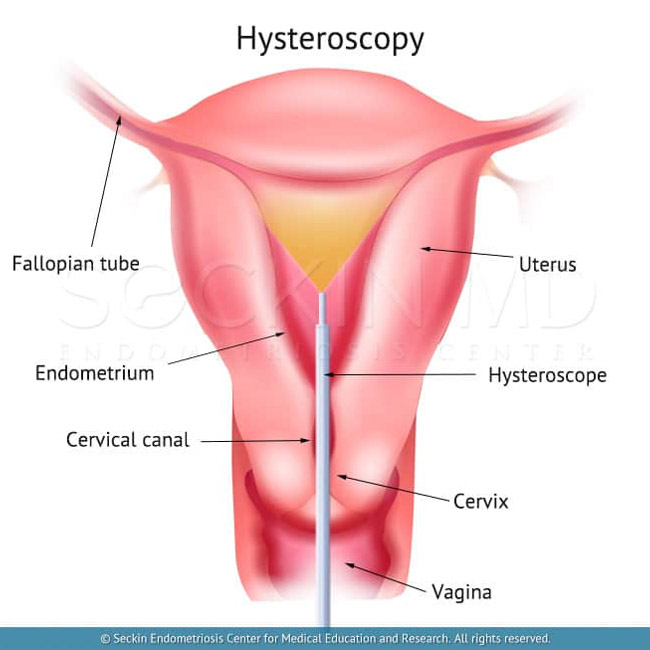
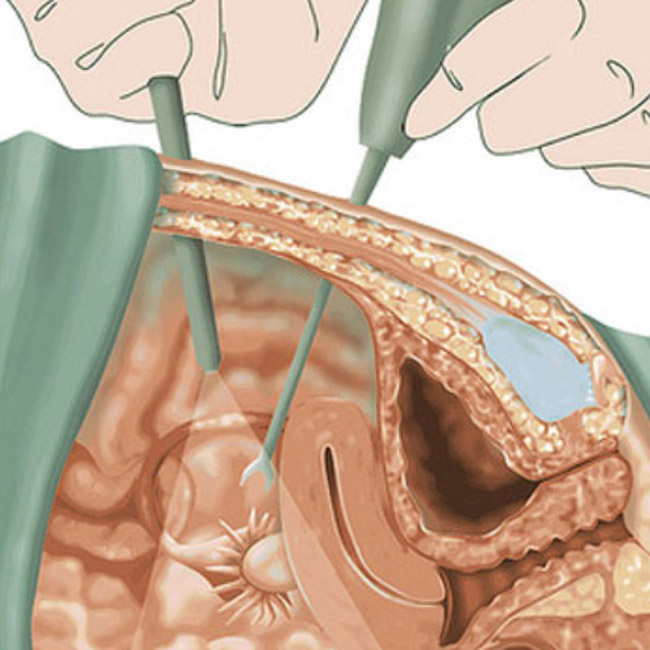
Hysteroscopic Adhesiolysis
Hysteroscopic adhesion release is a minimally invasive surgical procedure designed to remove intrauterine adhesions, also known as Asherman’s Syndrome. These adhesions are bands of scar tissue that form within the uterine cavity due to infections, trauma, or previous surgical procedures like dilation and curettage (D&C). Intrauterine adhesions can lead to symptoms such as menstrual irregularities, infertility, or recurrent pregnancy loss. Using a hysteroscope—a thin, lighted tube with a camera—surgeons can visualize and carefully remove these adhesions, restoring the normal structure and function of the uterine cavity.

